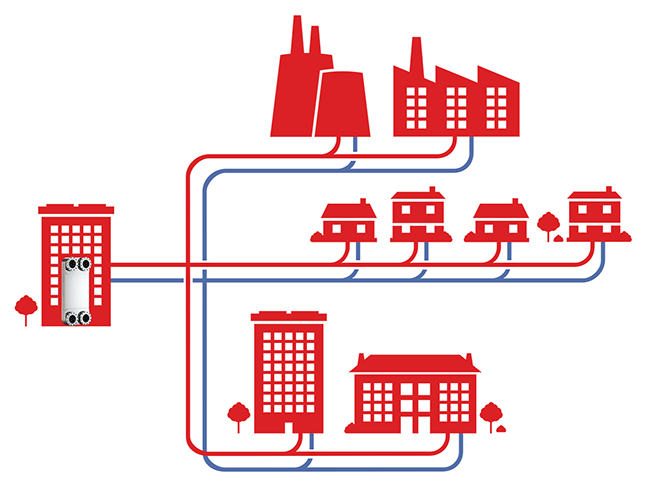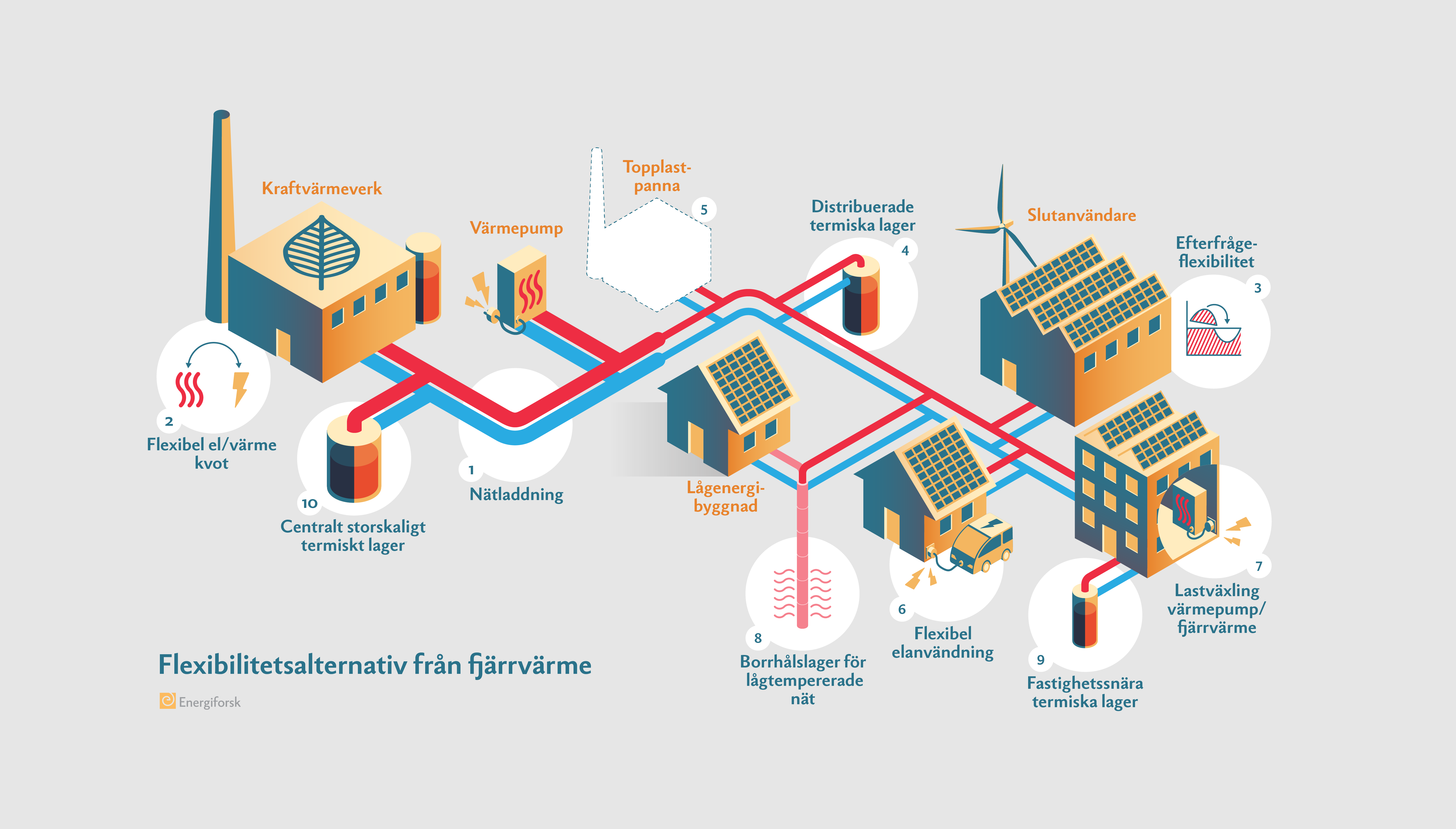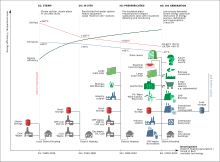District Heating
Selbyville, Delaware, Dec. 09, 2020 (GLOBE NEWSWIRE) --
The district heating market revenue is anticipated to cross USD 180 Billion by 2026, as reported in the latest study by Global Market Insights, Inc. Stringent government norms pertaining to climate changes and greenhouse gas emissions will upsurge the market demand across the globe.
District heating and cooling is a sustainable and holistic system built on resource efficiency. By converting waste heat from industries, the underground or housing, used energy can be reprocessed and reused to satisfy the local heat and cooling demand in a city. The use of district heating systems is highly contrasted in the world. Explanations and examples of efficient Contrasting Use of District Heating Worldwide District heating systems have been providing warmth to homes for decades around the world, although their development has been very uneven.(1). In district heating systems, the heat for warming buildings is produced in centralized heating plants and distributed in insulated pipes to the customers. The district heating network consists of transmission pipes between production facilities and cities and between cities, pipes in the streets, and connection pipes to the buildings. Big savings with Grundfos district heating. Approaching your heating with a central utility plant has the potential to reduce CO2 emissions and heat losses while increasing consumer comfort. More industrial grade centralized plants offer the greatest savings and typically use of the latest equipment technologies energy from multiple sources. Rochester District Heating Cooperative - or RDH - is the only customer-owned, nonprofit thermal energy cooperative in New York State, and provides reliable, cost-effective thermal energy to dozens of buildings in downtown Rochester, NY totaling more than 8.5 million square feet.
Geothermal district heating industry will witness substantial growth on account rising adoption of these units across wide range of commercial and industrial establishments. Rapid R&D investments coupled with growing technological advancements by the district heating equipment manufacturer will positively influence the market statistics. Furthermore, it has been anticipated that the removal of regulatory barriers coupled with the development of innovative financial models for the capital-intensive geothermal district heating projects will significantly drive industry revenue during the forecast timeframe.

Request for a sample of this research report @ https://www.gminsights.com/request-sample/detail/1401
Few major findings of the district heating market report include:

- Growing focus toward adoption of clean energy coupled with the extraction of sensible heat for commercial usage will stimulate the market trends.
- Favourable government incentive programs along with national renewable integration targets will enhance the business outlook.
- Rising demand for automation and controls to complement flexible electricity systems and thermal storage will augment industry outlook.
- Increasing demand for ambient temperatures across industrial, commercial, and residential premises owing to the harsh climate will augment the market statistics.
- Ongoing measures to integrate heating systems along with government funded financing schemes will further stimulate the industry outlook.
- Prominent players operating across the DH market include, Statkraft AS, Shinryo Corporation, Vattenfall AB, Fortum, RWE AG, and Ramboll Group A/S amongst others.
Browse key industry insights spread across 320 pages with 473 market data tables & 45 figures & charts from the report, “District Heating Market Analysis By Source (CHP, Geothermal, Solar, Heat Only Boilers), Application (Residential, Commercial {College/University, Office, Government/Military}, Industrial {Chemical, Refinery, Paper}), Industry Analysis Report, Regional Outlook, Price Trends, Competitive Market Share & Forecast, 2020 – 2026” in detail along with the table of contents:
Residential district heating market will witness significant growth on account of rising demand of heat supply in residential applications across Nordic countries. Rapid investments across the real estate industry will significantly raise DH demand across the households, which in turn will augment the market share. On account of surging urban population, residential sector across the globe is anticipated to witness two-fold growth which will positively impact the heat demand.
European district heating industry is projected to register over 3% CAGR through 2026. The growing demand of DH units across commercial and residential establishments in countries including Germany, Sweden, Finland and Denmark will proliferate the market demand. European countries consider district heating as crucial opportunity to decarbonize the heating sector in order to achieve its climate goals. The is anticipated to drive the business growth over the forecast timeline.
District Heating And Cooling
Access the Toc of this report @https://www.gminsights.com/toc/detail/district-heating-market

Browse Related Report:

Solar District Heating Market by System (Small [Residential, Commercial, Industrial], Large [Residential, Commercial, Industrial]), Application (Residential, Commercial [College/University, Office Buildings, Government/Military], Industrial [Chemical, Refinery, Paper]) Industry Analysis Report, Regional Outlook, Application Potential, Competitive Market Share, & Forecast, 2019 - 2025
Nuclear District Heating

About Global Market Insights
Global Market Insights, Inc., headquartered in Delaware, U.S., is a global market research and consulting service provider, offering syndicated and custom research reports along with growth consulting services. Our business intelligence and industry research reports offer clients with penetrative insights and actionable market data specially designed and presented to aid strategic decision making. These exhaustive reports are designed via a proprietary research methodology and are available for key industries such as chemicals, advanced materials, technology, renewable energy and biotechnology.